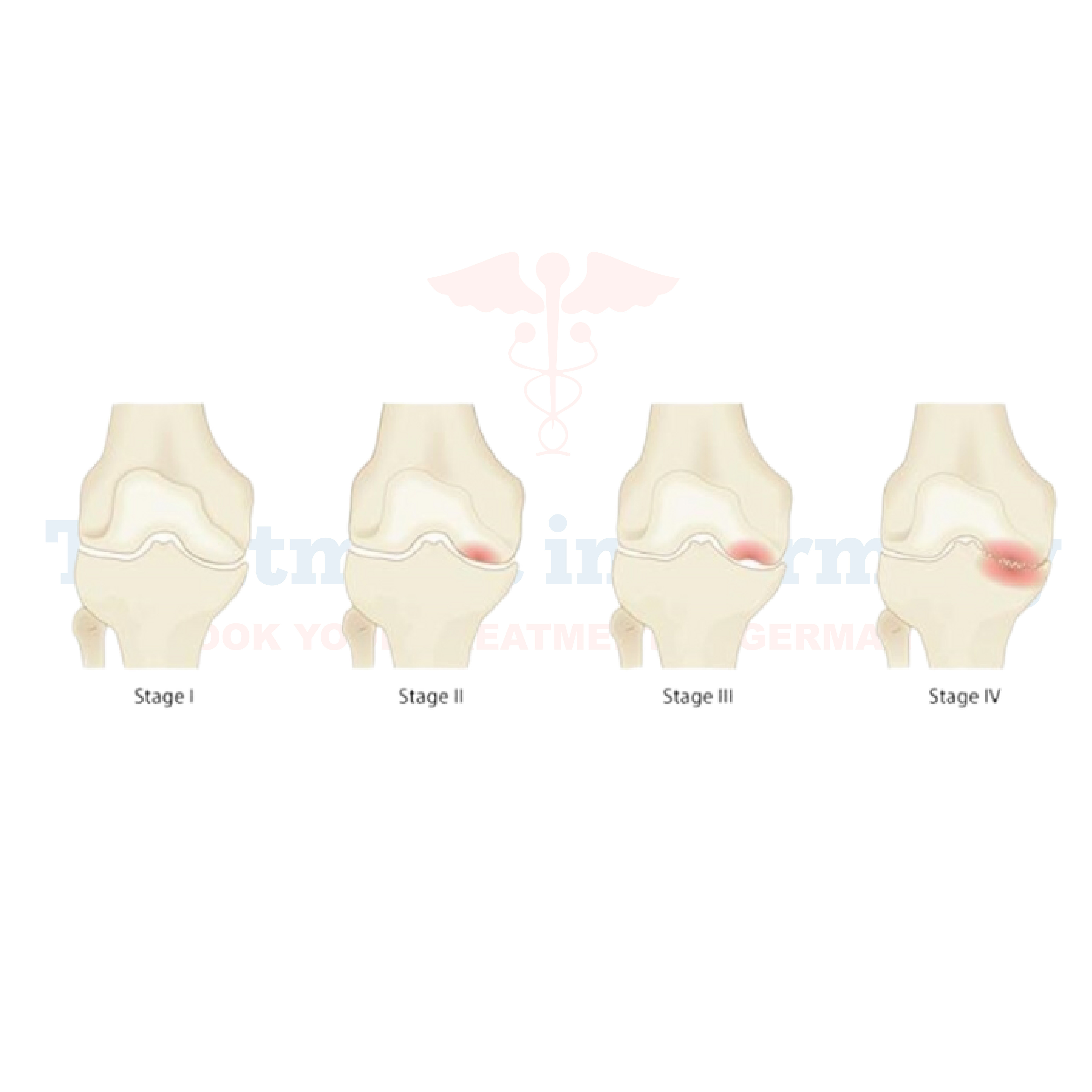What is Osteonecrosis?
Osteonecrosis, also known as avascular necrosis, is a condition where bone tissue dies due to lack of blood supply.
This can lead to tiny breaks in the bone and eventually its collapse. Commonly affected areas include the hip, knee, shoulder, and ankle joints. Patients may experience pain and limited mobility as a result of this condition.
Side Effects of Osteonecrosis
The primary side effect of osteonecrosis is persistent joint pain, which can worsen over time. As the bone collapses, patients may also experience limited range of motion and difficulty in performing daily activities. In severe cases, fractures may occur, leading to further complications.
How is Osteonecrosis Diagnosed?
Diagnosis typically involves a combination of medical history review, physical examination, and imaging tests such as X-rays, MRI scans, or bone scans. These tests help doctors assess the extent of bone damage and determine the best course of treatment.
Potential Treatment of Osteonecrosis
Treatment options for osteonecrosis depend on several factors including the stage of the condition, the affected bone, and the patient's overall health. Here are some common treatment approaches:

.webp)
.webp)
 (1).webp)
 (1).webp)

.webp)
.webp)
 (1).webp)
 (1).webp)
